Over the past two decades, Morocco’s banking sector has experienced remarkable growth. By the end of 2024, total bank loans had reached 1.166 trillion dirhams, equivalent to 76% of the country’s GDP, which itself was approaching 1.5 trillion dirhams. This surge in credit has played a key role in driving economic development, but it now raises pressing concerns: How much further can household debt rise? And is the current model sustainable in the face of inflation and rising interest rates?
The situation is becoming increasingly complex. Moroccan households are carrying 367.4 billion dirhams in debt, with home loans accounting for the lion’s share—67.54% of the total. These mortgages have been instrumental in boosting homeownership. Consumer credit follows at 15.93%, while treasury overdrafts, which make up 5.7%, are particularly alarming. These overdrafts, often used as a permanent cash flow solution, create a vicious cycle where many families start each month in the red, deepening their reliance on bank credit.
Real estate loans, in particular, have skyrocketed. Since 2000, they have multiplied eightfold, reaching 248.2 billion dirhams in 2024. A combination of strong demand for homeownership and government incentives has fueled the housing market. However, with inflation driving up property prices, concerns about a potential housing bubble are growing. The coming months will be crucial in determining whether the market can avoid overheating and a subsequent crisis.
Meanwhile, household consumer debt has climbed to 58.5 billion dirhams. Between mortgage payments, essential purchases, and unexpected expenses, families are managing increasingly strained budgets. By September 2024, non-performing loans had hit a record 40.67 billion dirhams before easing slightly to 39.79 billion in December. This warning sign highlights the urgent need for stricter regulations to prevent a wave of defaults.
Moroccan banks must now rethink their approach. One possible solution is to convert treasury overdrafts into standard consumer loans with more manageable monthly payments, helping households escape the trap of chronic debt. But a larger question remains: How can access to credit be maintained without further weakening household finances? The future of Morocco’s banking sector will depend on its ability to strike this delicate balance.




